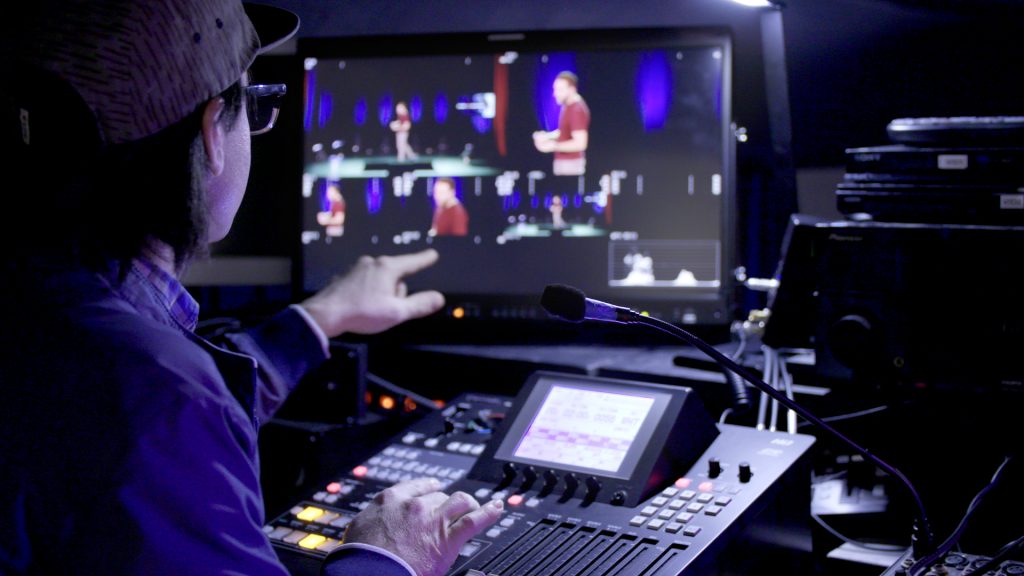Overcoming Obstacles in the Craft of Visual Projection Projection Mapping Execution
Wiki Article
Video projections mapping is an innovative method that transforms common areas into dynamic presentations. This method enables artists and designers to cast images and footage onto objects like structures, statues, or theaters, creating an immersive visual encounter. However, despite its potential, implementing video projection mapping effectively comes with several challenges. Understanding and addressing these obstacles is essential for anyone looking to create memorable projection art.
One of the primary difficulties in video projection mapping is ensuring that the displayed image matches perfectly with the object. This procedure, known as "mapping," demands accurate measurements and figures. If the projection is not aligned properly, the visuals can look distorted or off. To address this problem, artists often use dedicated software that helps in mapping the visuals to the object's size. Moreover, conducting comprehensive tests before the final projection can help identify any discrepancies and allow for modifications to be made.

Another major challenge is the varying luminosity and color of the displayed images. Different materials respond variously to light, which can influence how the colors look once projected. For instance, a pale material will reflect brightness variously than a deep one. To visit this website tackle this, artists must consider the material properties before choosing the hues and brightness for their displays. Testing the projection on the real surface during the planning phase can provide valuable understanding into how the final show will look.
Technological issues can also pose a hurdle in video projection mapping. Problems such as hardware malfunction, software glitches, or connectivity problems can disrupt the entire production. To reduce these threats, it is essential to conduct comprehensive hardware checks and have contingency plans in place. This can include having additional cables, projectors, and even alternative software choices ready to go. Being prepared for technological difficulties can ensure a more seamless execution of the display.
Finally, viewers' engagement is an important aspect of video projection mapping. While the graphics are key, how the audience look at this site engage with the presentation can make a big impact. Artists must consider about how to create their displays to attract viewers’ focus and promote participation. This can entail incorporating elements that invite engagement or create a story that connects with the viewers. Gathering input from test viewers can also help enhance the show to improve engagement.
In summary, addressing challenges in video projection mapping requires careful planning and innovation. By tackling the issues of matching, luminosity, technological problems, and viewer engagement, creators can produce stunning and effective projections. With the right strategies in place, video projection mapping can transform ordinary spaces into extraordinary experiences, captivating viewers and creating a memorable impact.